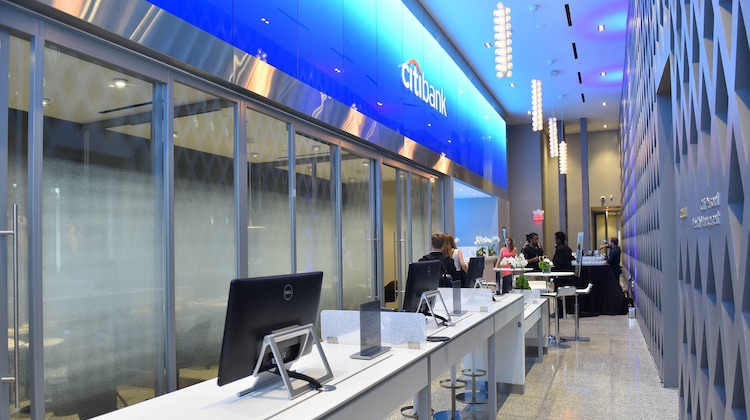The Customer Effect
Retailpocalypse: Bank branches are closing in droves
- Branches are consolidating locations with lower servicing volume, opening in higher growth areas and renovating existing branches and ATMs.
- Some end up looking more like Apple Genius Bars than banks.








